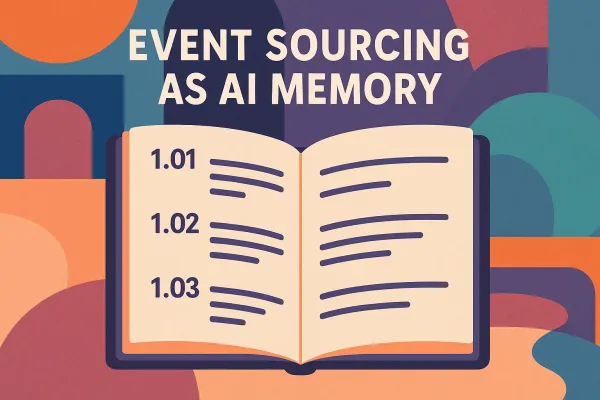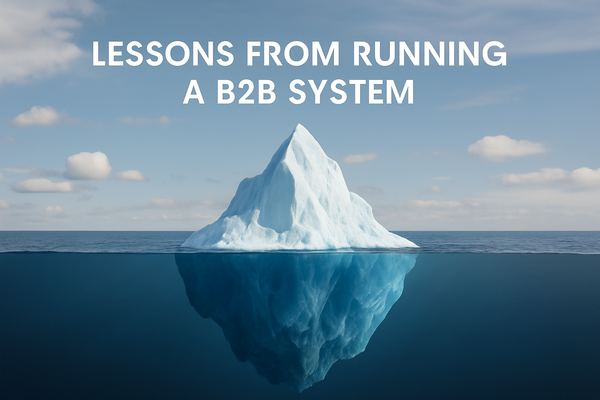Beyond Marketing: Surprising Ways CDPs Are Transforming Internal Business Operations

When Customer Data Platforms (CDPs) first entered the business scene, they were primarily viewed as powerful tools for marketers. However, innovative companies are now discovering that the unified customer data and insights provided by CDPs can revolutionize operations across the entire organization. Let's explore some unexpected ways CDPs are reshaping internal business processes.
1. Human Resources: Personalizing the Employee Experience
While CDPs typically focus on customer data, forward-thinking HR departments are applying similar principles to employee data:
- Tailored Onboarding: By aggregating data from various touchpoints (application process, interviews, skills assessments), HR can create personalized onboarding experiences for new hires.
- Career Development: CDPs can track employee performance, training completion, and career aspirations to suggest tailored development paths and learning opportunities.
- Retention Prediction: By analyzing patterns in employee data, HR can predict flight risks and take proactive measures to retain valuable team members.
2. Supply Chain Management: Demand Forecasting and Inventory Optimization
CDPs are proving invaluable in streamlining supply chain operations:
- Predictive Inventory: By combining customer purchase history, browsing behavior, and external factors (like weather or economic indicators), companies can more accurately predict demand and optimize inventory levels.
- Personalized Logistics: For businesses with complex distribution networks, CDPs can help tailor logistics strategies based on customer location and preferences.
- Supplier Relationship Management: CDPs can aggregate data on supplier performance, integrating it with customer feedback to inform strategic sourcing decisions.
3. Product Development: Customer-Centric Innovation
R&D teams are leveraging CDP insights to drive innovation:
- Feature Prioritization: By analyzing customer usage patterns, feedback, and support tickets, product teams can prioritize feature development more effectively.
- Predictive Maintenance: For hardware products, CDPs can aggregate usage data to predict when maintenance is needed, improving product longevity and customer satisfaction.
- Personalized Products: Some companies are using CDP insights to offer customized or modular products tailored to individual customer needs.
4. Finance: Risk Assessment and Fraud Detection
Financial departments are finding new applications for CDP capabilities:
- Credit Risk Modeling: By integrating diverse data points, finance teams can create more accurate credit risk models for both B2B and B2C customers.
- Fraud Detection: CDPs can help identify unusual patterns in customer behavior that may indicate fraudulent activity, protecting both the company and legitimate customers.
- Dynamic Pricing: Finance and sales teams can use CDP insights to implement more sophisticated, personalized pricing strategies.
5. Customer Service: Proactive Support and Issue Resolution
While customer service has always been customer-focused, CDPs are taking it to new levels:
- Predictive Support: By analyzing patterns in customer behavior and product usage, support teams can proactively reach out to customers who are likely to encounter issues.
- Intelligent Routing: CDPs can ensure that customer inquiries are routed to the most appropriate agent based on the customer's history, preferences, and the nature of the issue.
- First Contact Resolution: With a comprehensive view of the customer's journey, agents are better equipped to resolve issues on the first contact, improving satisfaction and efficiency.
6. Facilities Management: Optimizing Workspace Utilization
In the era of flexible work arrangements, facilities teams are using CDP-like approaches to optimize office spaces:
- Space Utilization: By tracking employee movements and preferences, companies can design more efficient and appealing workspaces.
- Energy Efficiency: Integrated data on occupancy patterns can help reduce energy consumption by optimizing lighting, heating, and cooling systems.
- Amenity Planning: Understanding how employees use different office amenities can inform decisions about what to offer and where to locate them.
Conclusion: The CDP Ripple Effect
As these examples illustrate, the impact of CDPs extends far beyond their original marketing focus. By providing a unified, real-time view of data, CDPs are enabling companies to break down traditional silos between departments and foster a more holistic, data-driven approach to operations.
The key to unlocking these benefits lies in thinking creatively about how customer data and CDP capabilities can be applied to various business challenges. As more companies explore these possibilities, we're likely to see even more innovative applications emerge, further cementing the CDP's role as a transformative force in modern business operations.
For organizations looking to stay competitive in an increasingly data-driven world, exploring these unconventional applications of CDPs could be the key to unlocking new efficiencies, improving employee and customer satisfaction, and driving innovation across the entire business ecosystem.



